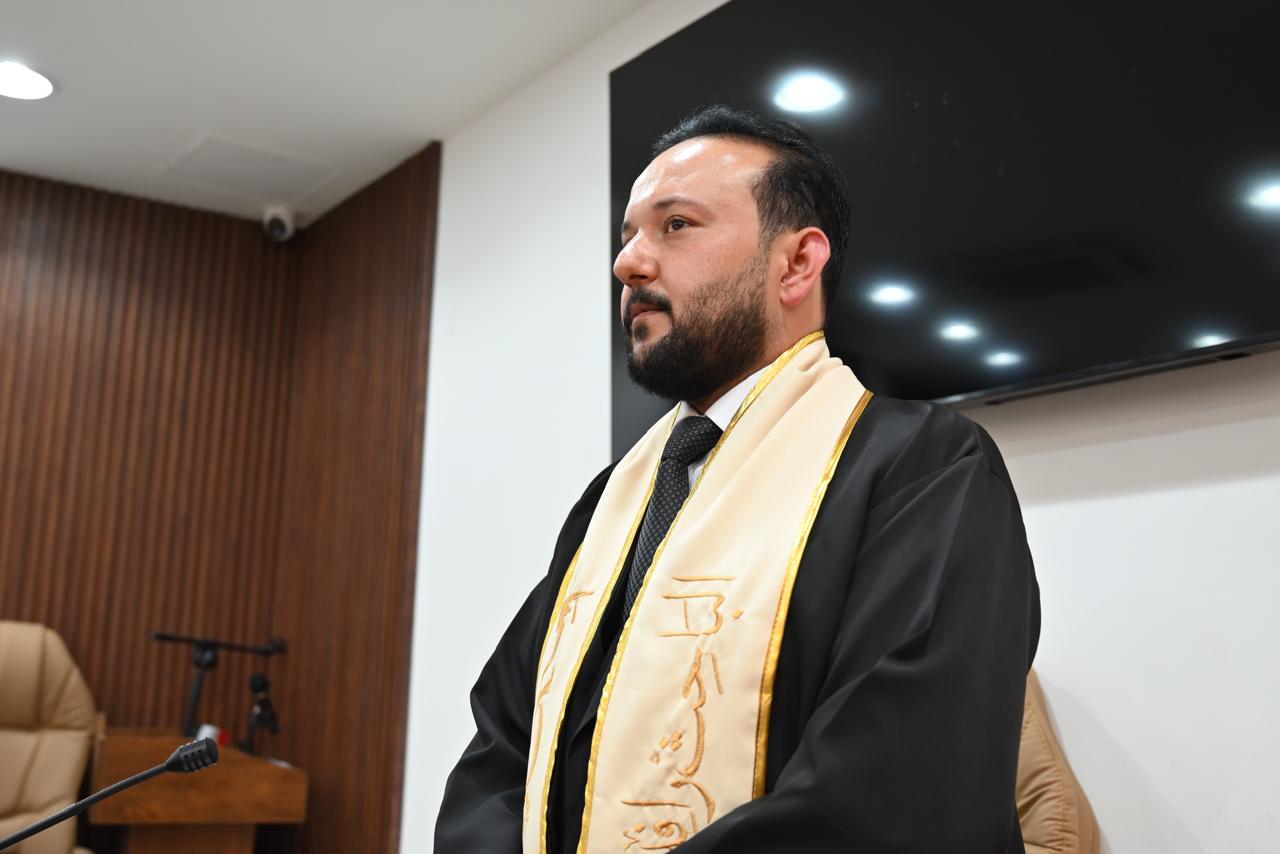
Discussion of a PhD thesis for the student (Khader Saker Hashim )
The public discussion of the doctoral dissertation of the student (Khader Saker Hashim ) of the Department of Biology - College of Sciences - University of Anbar took place on Monday 12/26/2022 in
((Taxonomic and molecular study of the genus Salvia by using micromorphology ))
Aim of the study
The current study aimed to:
1. Study micromorphology because of its taxonomic importance, which is:
A- Study Trichomes of different plant parts (stem, leaves, and flower) of the species under study using light microscopy.
B- Studying the shape and size of pollen grains and the decorations on their surfaces for the species under study using a scanning electron microscope.
2- Study the content of the types of chemicals in leaves and stems using the GC-MS device.
3- Determine the genetic relationship between the species of this genus using (ITS) Internal Transcript Spacer and find the evolutionary relationships between the species.
Abstract
The research included a comparative taxonomic study using the micromorphology, chemical, and molecular characteristics of some species of the genus Salvia of the Lamiaceae family growing widely in Iraq, whose samples were collected from Anbar province and the sites of the Kurdistan region.
The study of micromorphology included pollen and trichomes, which were of great taxonomic importance as they contributed to the isolation of the studied species.
The chemical study included the aerial parts (stem, leaves) of Salvia plant using gas chromatography-mass spectrometry, and showed the presence of distinct chemical compounds for each species from other species, and these may have taxonomic importance in distinguishing the studied species.
The molecular study of the genetic material using the ITS method had an important role in giving an integrated picture of the evolutionary relationships between the studied species belonging to the genus Salvia, where the studied species showed large genetic variations and were divided into four main groups, and the species S. officinalis showed a great genetic variation from the rest of the species.



